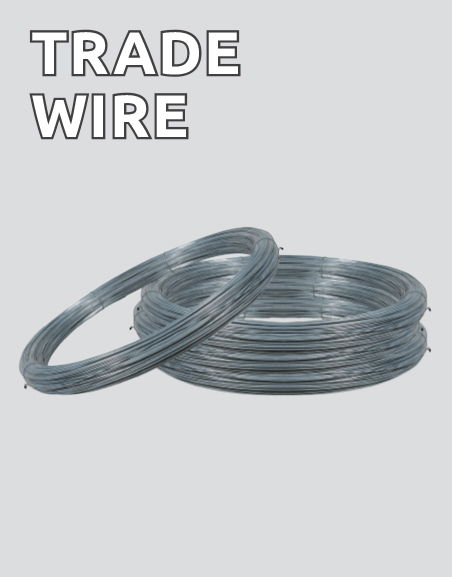Goldpine
Faster is Not Always Better
Cover Cropping: An Alternative to Fertilisers
If you’re thinking of using an alternative to chemical fertilisers, then cover crops are the perfect solution. Cover crops are a natural way of replenishing the soil and providing your plants with good nutritional benefits.
Also referred to as green manure, cover crops are plants that cover the soil to improve soil health, manage erosion, promote biodiversity and put nutrients back into the soil. The primary focus of cover cropping is to improve soil health, it isn’t to produce something that you can harvest. The best time to plant them is when there is nothing else growing. Cover crop seeds are usually planted directly into the soil between rotations of cash crop harvesting (or even at the same time), to protect and keep living roots in the soil, providing the soil with continual nutrients.
USING NATURE TO YOUR ADVANTAGE
Cover crops have many advantages, and this method is slowly becoming more common as farmers are realising its long-term benefits and results. In the United States of America, there has been a 50% increase in cover crops from 2012 to 2017. Cover cropping isn’t just a fast fix – it’s a long-term investment and once you begin to see the gradual improvement of farm management, it can be life-changing.
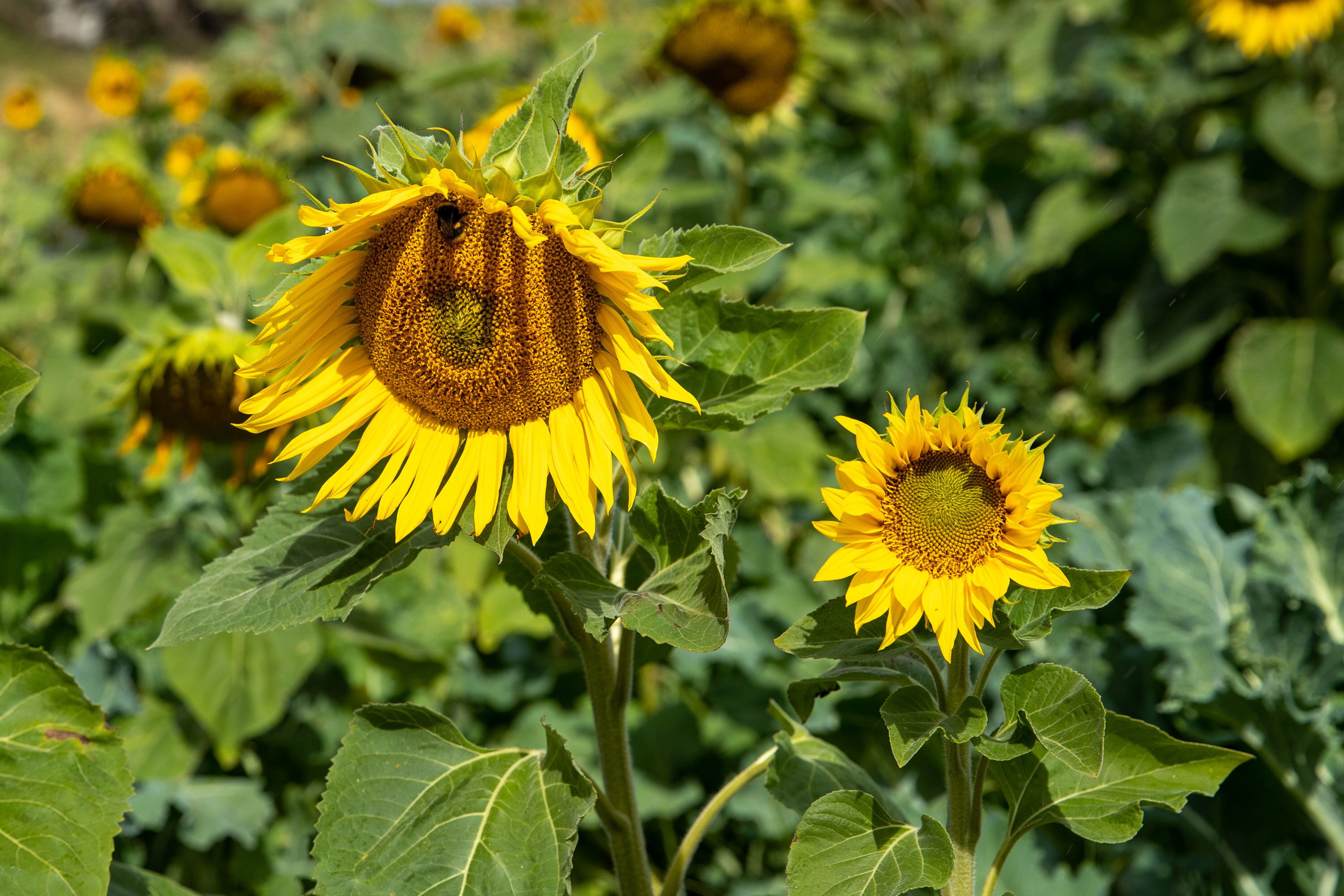
IMPROVING SOIL HEALTH
Using a diverse range of plant species for cover cropping can help to break down soil that was otherwise compacted. The roots of certain plants can help to improve soil health, resulting in a healthy soil structure and fertility. Cover crops can protect the soil from wind, sun and rain. They can act as a buffer against soil erosion from heavy rain and keep the soil from drying out in droughts and warmer temperatures.
Cover crops increase soil organic matter through a diverse range of plant species, each benefiting and feeding the soil different nutrients that it needs to be healthy. Organic matter is also about protecting the surface of the soil and creating a habitat for microbes to flourish. The more plant diversity you have, the more this helps to support microbes in the soil and the wildlife that is attracted to it. Whether it’s birds, bees, earthworms, livestock – each living organism is helping in some way. Cover crops are known for retaining water and moisture in the soil. The soil acts as a sponge, increasing water infiltration through the crops that are yielded.
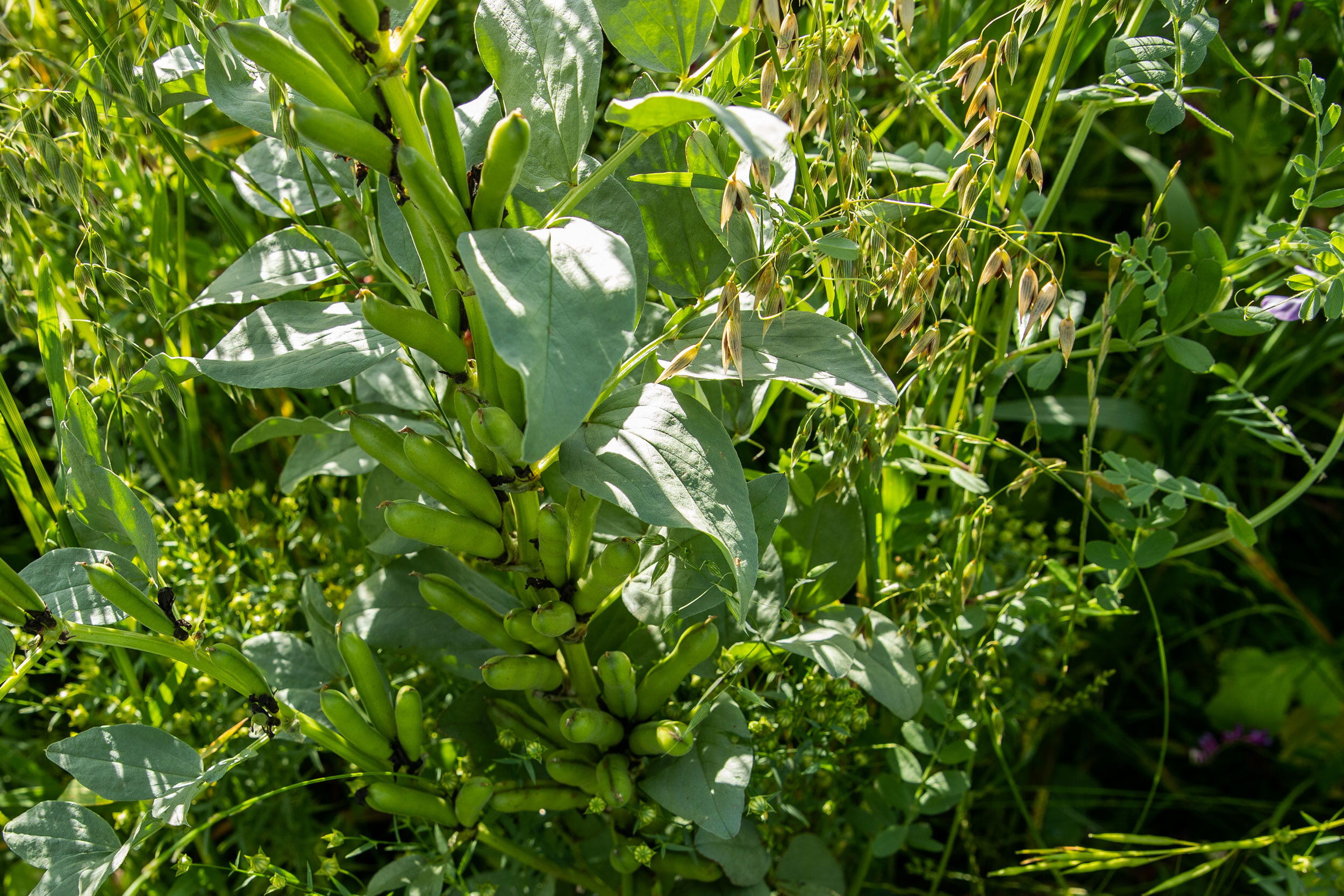
SEQUESTERING CARBON
“High plant diversity and effective grazing management sequesters carbon through the liquid carbon pathway. This is taking atmospheric carbon dioxide and through photosynthesis, forming complex carbon chains of which healthy plants exude a large percentage into the soil to feed the soil biology, thus building carbon.” “It is common to see increases in soil organic matter, upwards of 1% per year consistently using these techniques. Every 1% increase in soil organic matter means that soil can hold an extra 140,000-180,000 litres of water per hectare.” “This form of carbon sequestration leaves carbon stored in various forms and at various depths through the soil profile. Some of these forms of carbon through biological activity can be stored for thousands of years.” - Jono Frew, Natural Performance & Symbiosis Agriculture Ltd. Cover crops that are known for nitrogen-fixing like clovers and vetch capture nitrogen from the atmosphere, which then gets fed back into the soil. This is a great alternative to nitrogen fertiliser as these crops are doing the work for you. Some plants also produce compounds that ward off pests. Diverse cover crops also reduce the risk of crop failure as pests will only chew the weakest plants.
PROTECTING OUR ENVIRONMENT
Synthetic fertilisers may have faster results but it’s not regenerative. It can do more harm than good and doesn’t work out to be as cost-effective as you might think. Pesticides improve productivity, the quality of food, protect your crops and combat disease control. However, pesticides and any other chemical applications have negative implications on the environment, humans and wildlife. Chemicals artificially alter the natural nutrients within the soil that enables microbes and plant species to thrive. Chemical fertilisers and pesticides can also filter out into our waterways - streams, lakes and oceans – which can affect fish and other sea life. The consequences of poor water quality when nitrogen and phosphorous enters our waterways can create algal bloom. This reduces oxygen in the water and can produce toxins that pose a threat to humans and animals. Fish and other sea life will either die or move away from the area and it can contaminate our drinking water, increasing water treatment costs.
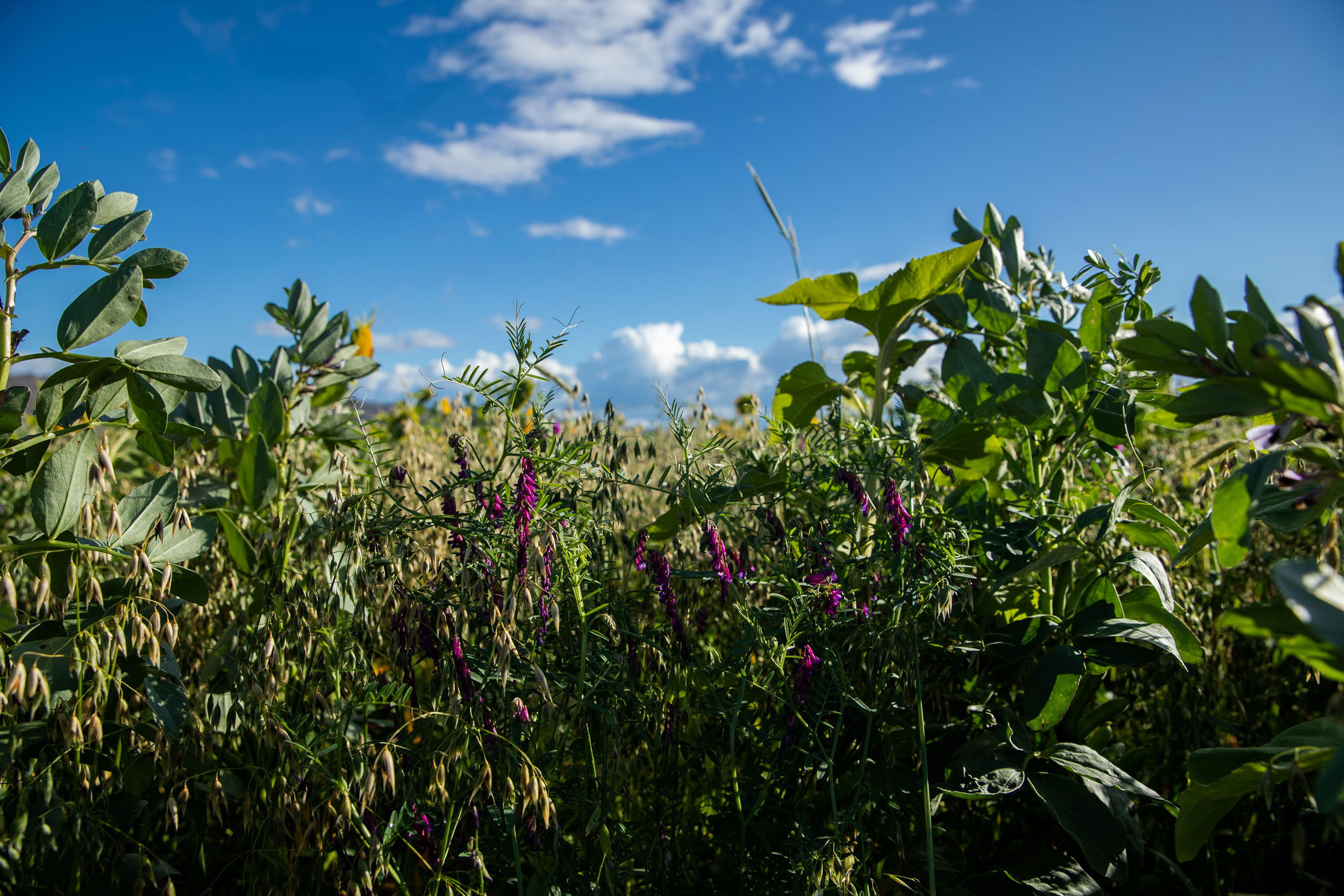
FUTURE PLANNING
If you’re thinking of giving cover crops a go, the first step is to set out a plan to define your goals and what you’re ultimately wanting to achieve. This will make it easier for you to acquire the right seed mix for your specific context. The purpose for cover crops could vary from one person to the next. You may want a cover crop to protect the soil between harvest seasons, promote good soil health, or improve your farm management and emissions. There could be several different reasons, but each cover crop plant species will provide you with different benefits. This is why setting yourself a goal around what you’re trying to achieve is important. There are experts, like Symbiosis Agriculture Ltd that can help provide you with a tailored seed mix that will work for you. Again, some cover crops work better within shorter timeframes (buckwheat and field peas) and others are more effective in longer timeframes (barley, rye and vetch). This also relates to what season you’re wanting to plant your cover crops in, as some plants will thrive in warmer temperatures (buckwheat and sudangrass), whereas others will prefer colder climates (crimson clover and hairy vetch). Whether you’re wanting to cover a large area or a smaller area, this can alter the number of different plant species you might like to grow within that space. Whether you’re living in a location that has warmer, dry conditions or other locations that have heavy rainfall – seed mixes should be created to suit your loca
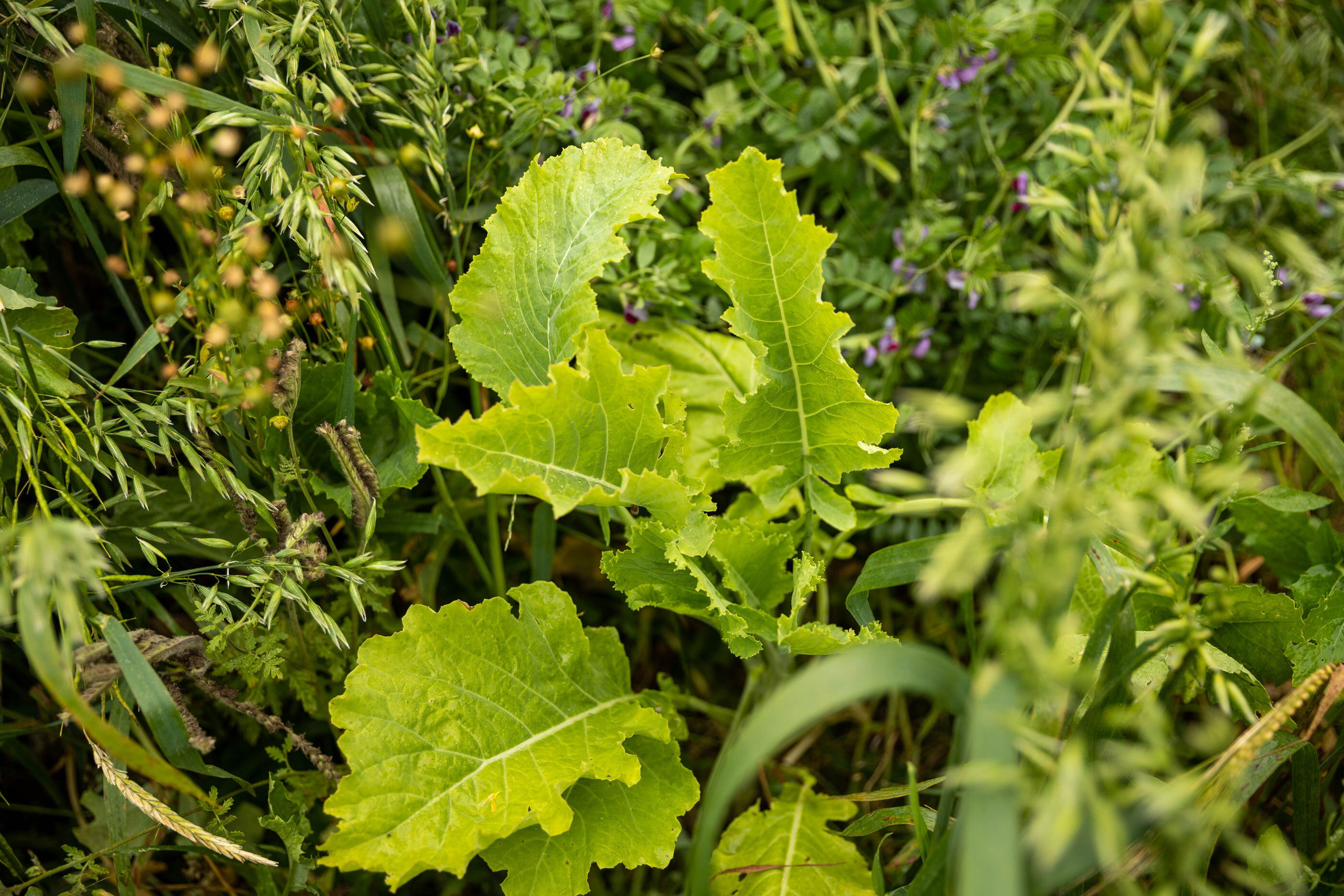
A WIDE SELECTION
There are a wide range of cover crops that are beneficial to the soil and our environment. Here are a few popular selections that people like to use.
<b>Legumes</b> such as field peas, beans, clover and vetch are natural nitrogen-fixers, improving soil health and suppressing weeds. Hairy vetch and crimson clover are the biggest nitrogen fixers and have been known to provide over 100 pounds of nitrogen per acre. Legumes also help manage soil erosion and attract biodiversity.
<b>Cereals</b> such as wheat, barley, oats and rye usually have deep root systems that can improve soil erosion and add organic matter to the soil. Cereals are nitrogen-scavengers that grow quickly, adding nutrients to the low fertility soils.
<b>Grasses</b> such as ryegrass and millet have extensive root activity. They are nitrogen-scavengers that promote large amounts of moisture retention and are high in carbon.
<b>Broadleaves</b> such as phacelia and sunflowers are great weed suppressors. They also improve water infiltration and are great feed for livestock. They attract bees and insects that are beneficial to the natural plant cycle. "Each plant performs its own role in this ecosystem, so we have plants that are aggressive with their root architectures, we have plants that are nitrogen fixers, we have plants that are phosphorus mobilisers, we have plants that are really good at filling in the gaps between the aggressive big taproots. And all of it equals this great symbiotic chaos that is thriving with health and resilience."- Jono Frew, Natural Performance & Symbiosis Agriculture Ltd. Cover crops are a natural and beneficial way to improve farm management, promote healthy soil for microbes to thrive, increasing resilience and crops for harvesting over time. If you begin to increase organic matter and soil fertility, you will begin to have healthier plants, healthier animals, healthier humans and a healthier environment.


